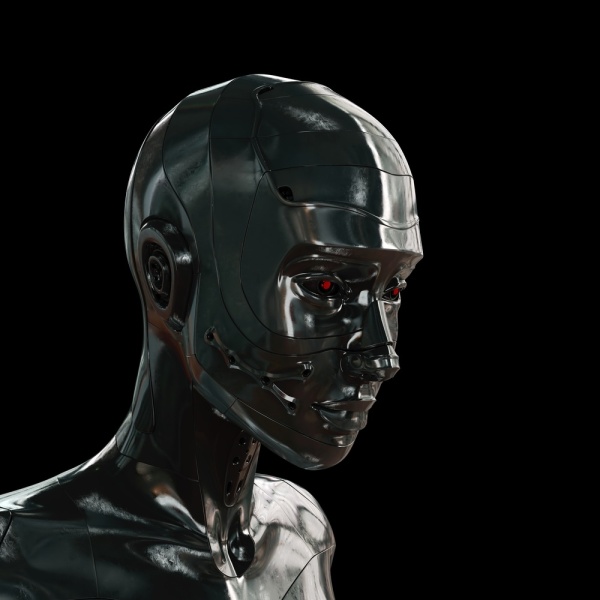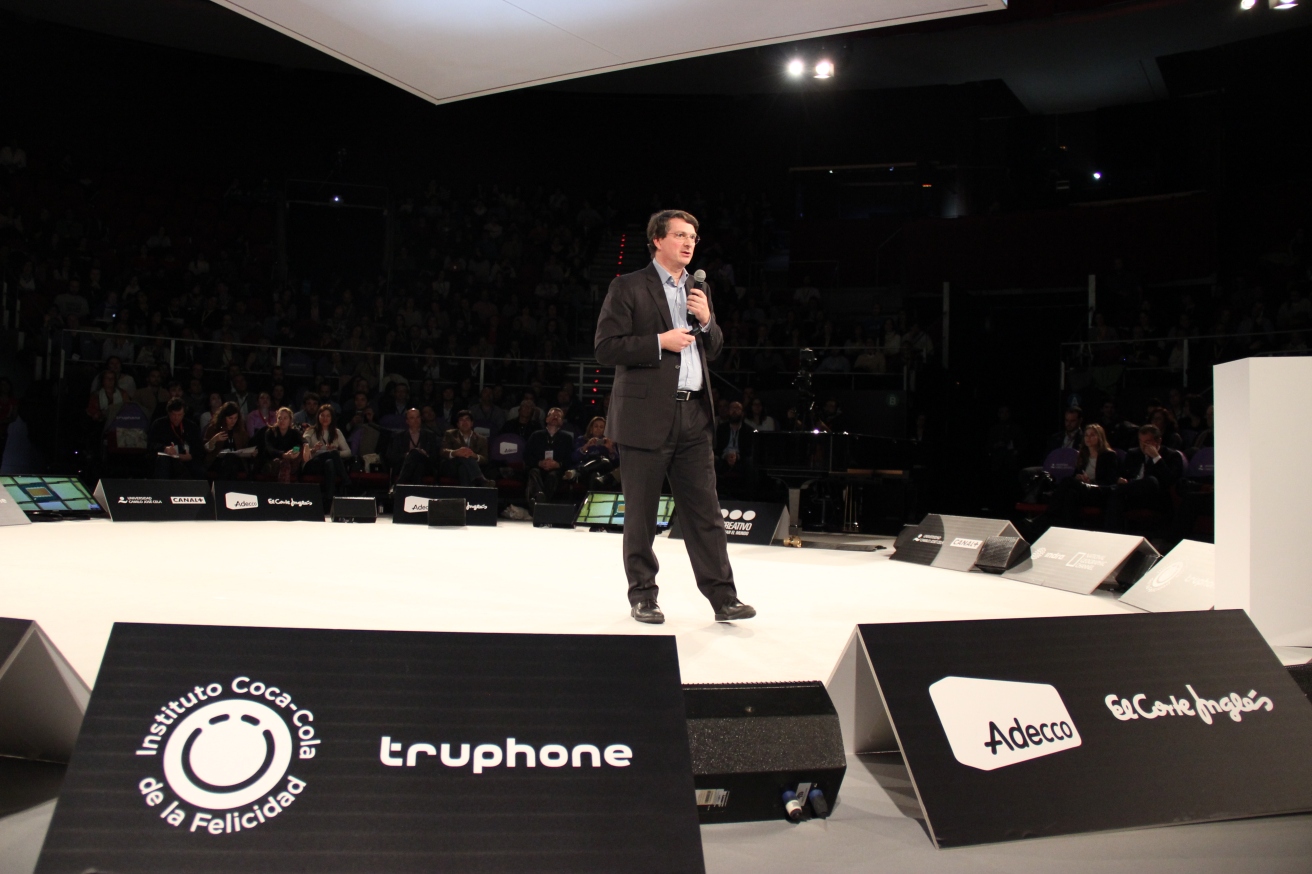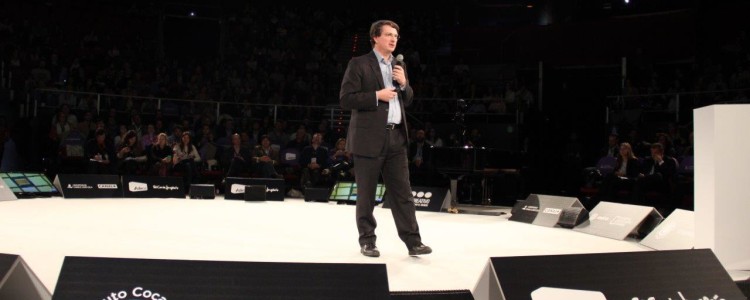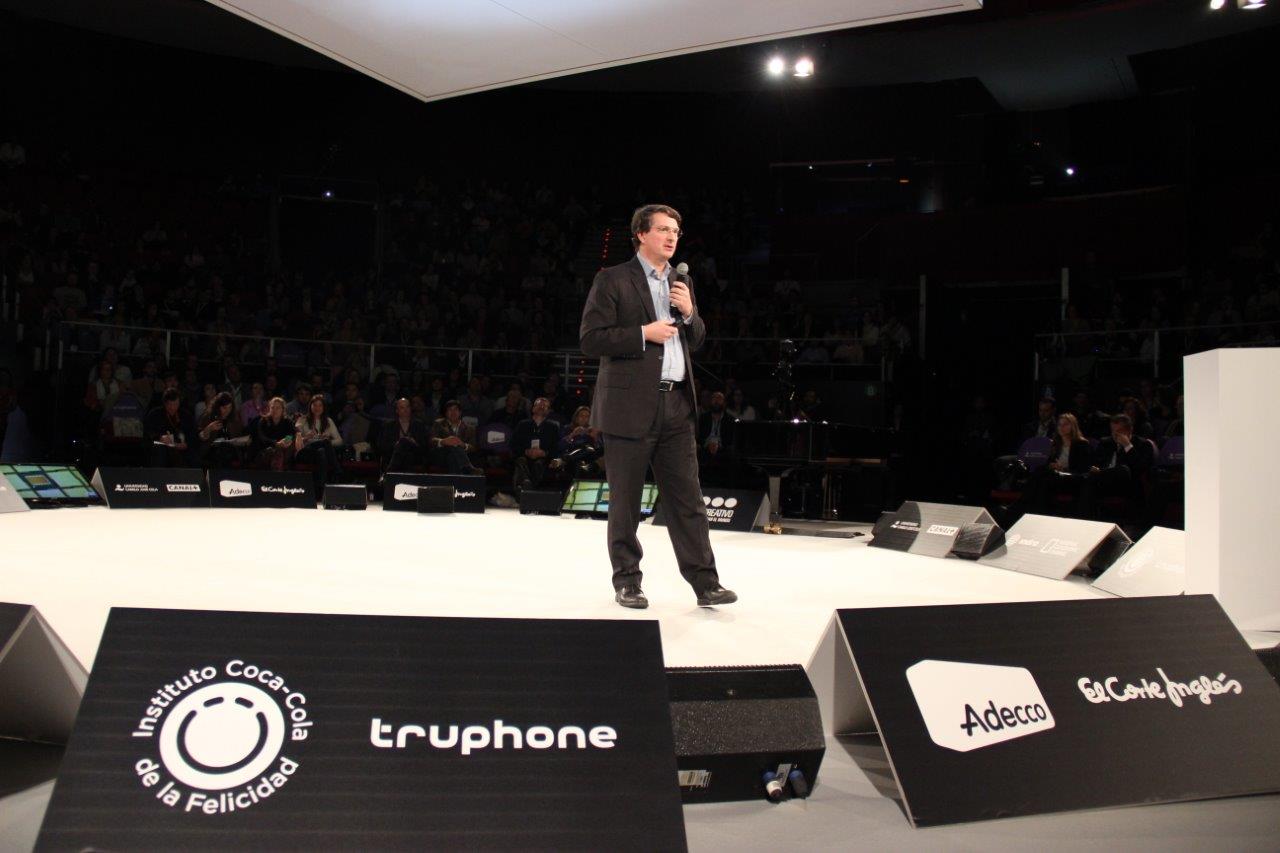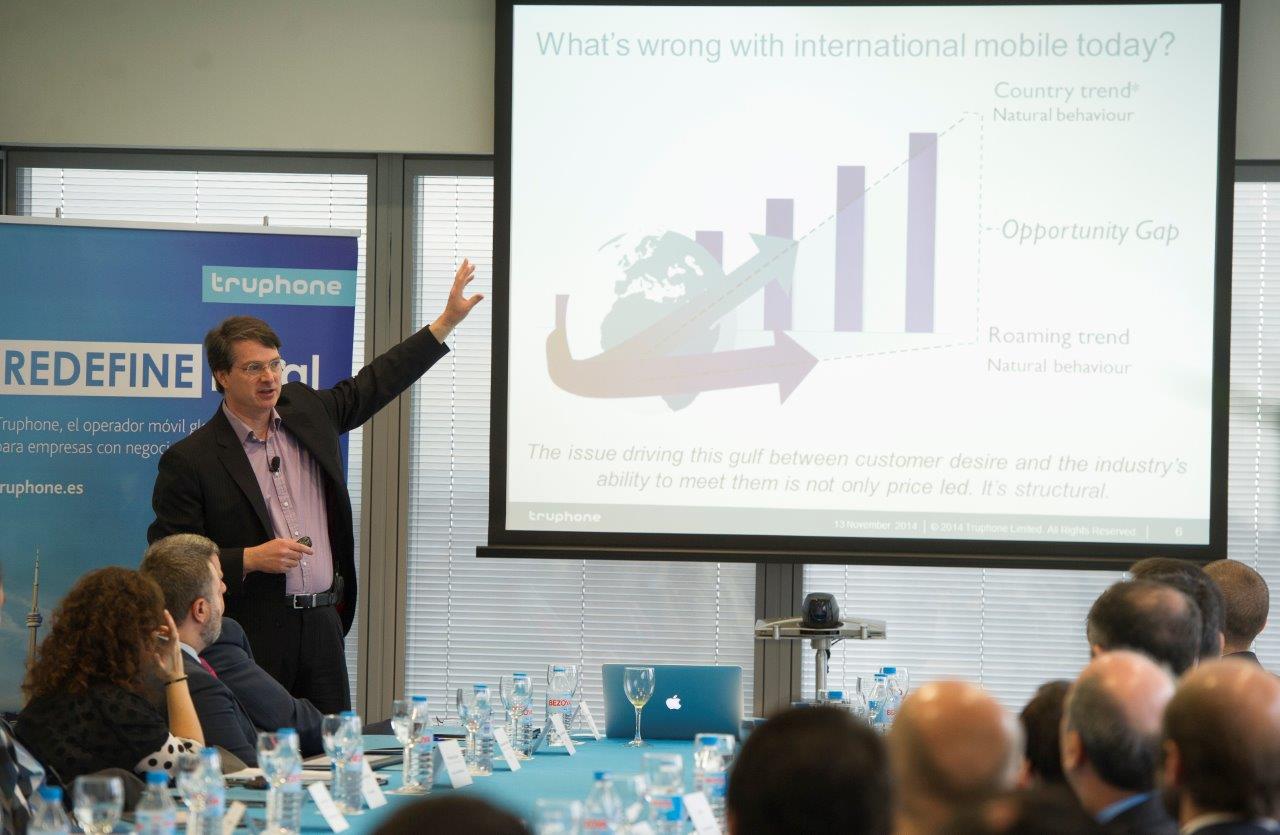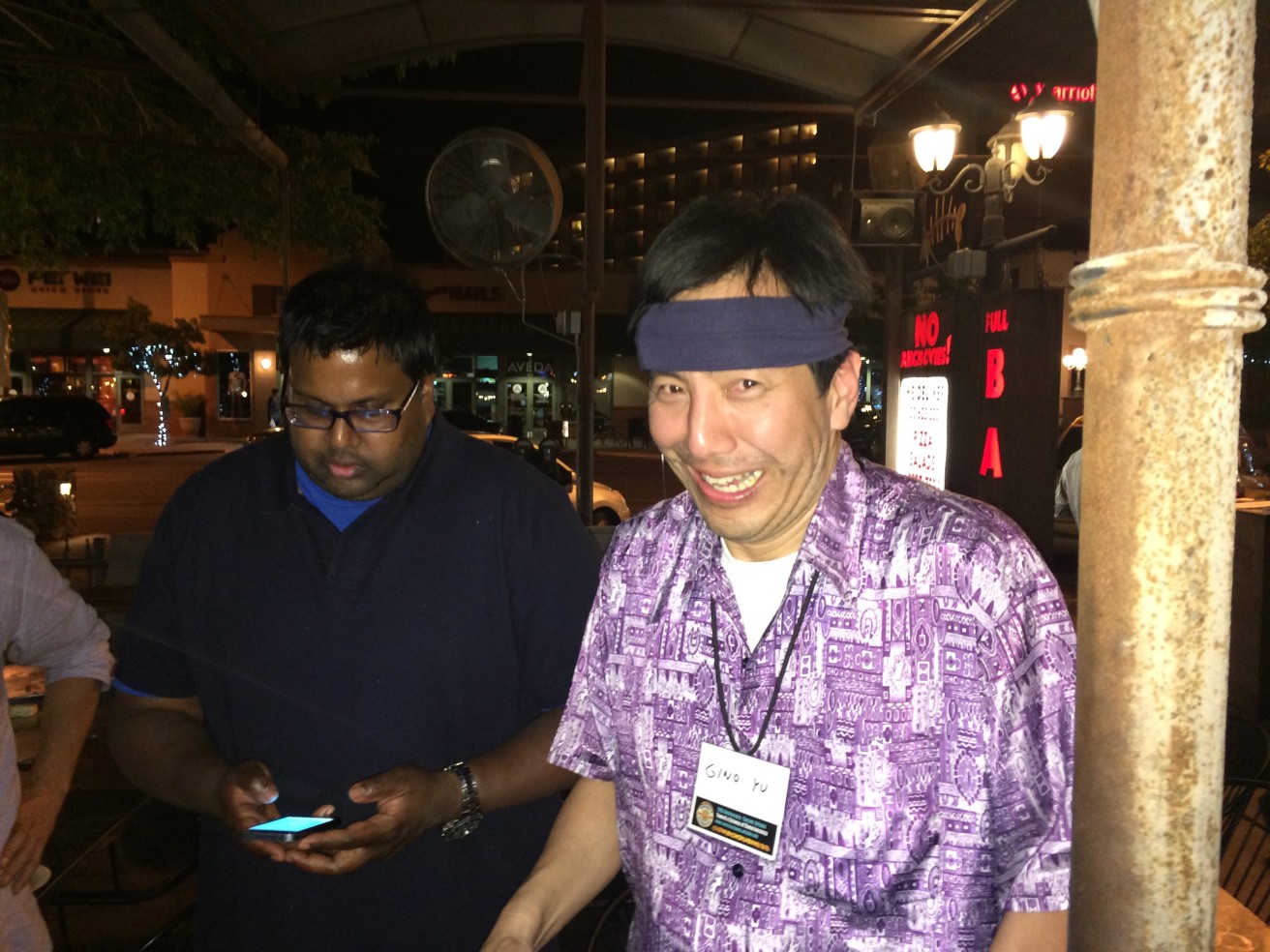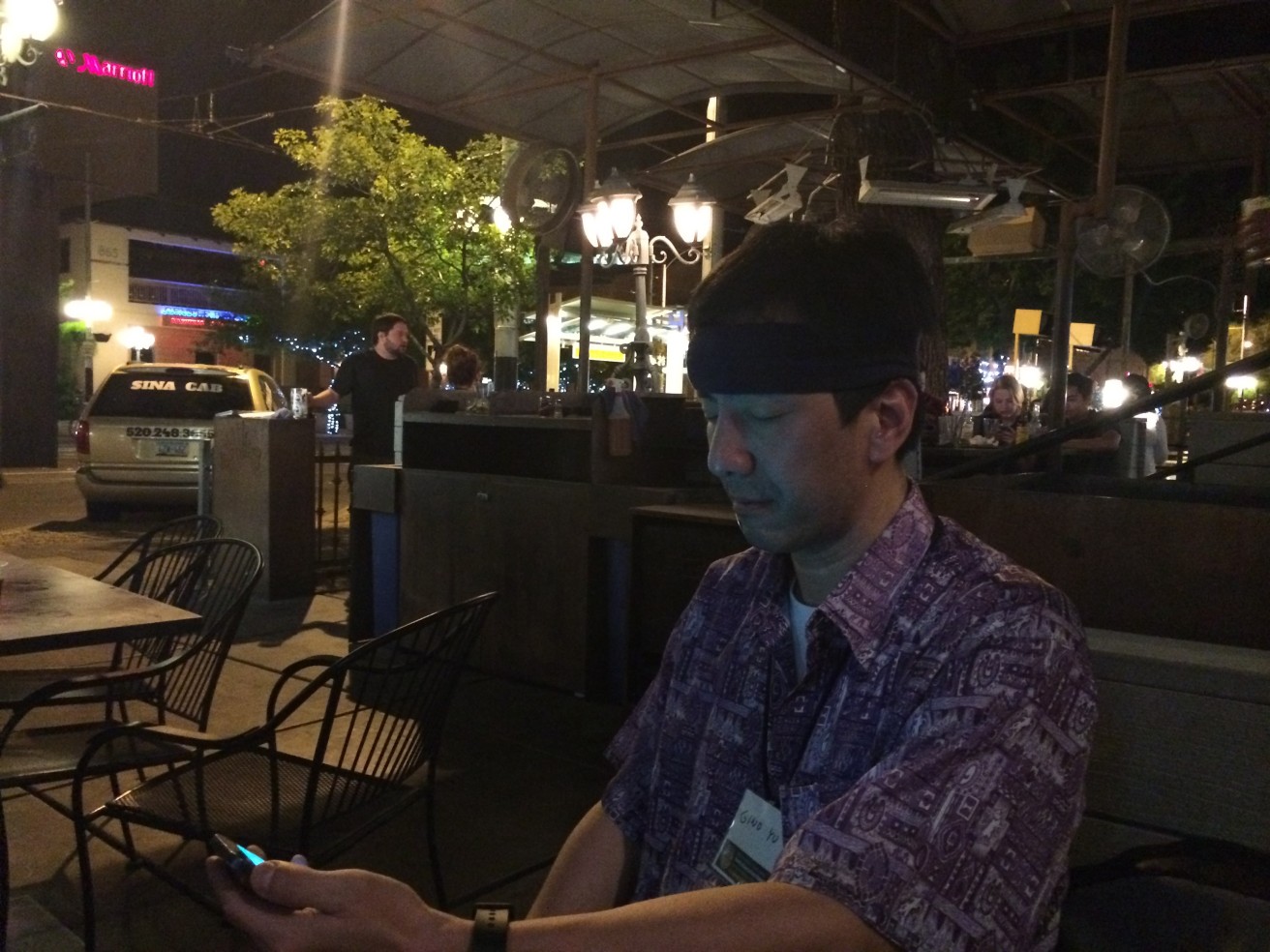It’s a familiar theme. From Terminator to Star Wars, from AI to District 9, science fiction films have forever pitted plucky emotional humans against evil genius super-villains.
But are we now beginning to see a change? This weekend two British films will compete for the Best Film and Best Actor BAFTAs, both focussing on British scientists, who are prominent in the debate currently raging about artificial intelligence.
Hawking, (Eddie Redmayne, The Theory of Everything), may have shared very little in common, scientifically, with Turing (Benedict Cumberbatch, The Imitation Game) but, with dashing leading men acting out their achievements on screen, this could be about to herald a change in the portrayal of science on film.
Whilst silver screen scientists have been characterised by nerdishness, zany outfits and haphazard accidents with inventions, (think Back To The Future) these two films, like A Beautiful Mind before them, are sensitive portrayals of genius, looking both at the achievements and the men behind them.
So if we are beginning to shake off the cartoonish view of the scientist, what of Hollywood’s other source of compelling stereotypes – the robot? Artificial intelligence has provided the inspiration for some of Hollywood’s most famous, and most menacing, villains: think HAL in 2001, Joshua in War Games or Agent Smith in The Matrix.
But, we have begun to see a change in attitudes to artificial intelligence. Robot and Frank, released last year, was a heart-warming portrayal of how a robot worked alongside his elderly “owner” to mastermind a robbery while Disney’s Oscar-nominated animation Big Hero 6 has as its lovable hero a plus-size, inflatable robot called Baymax.
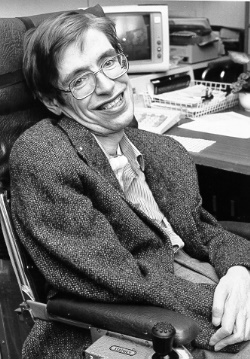
What of wider public attitudes? Recently we have seen a great deal of angst in the press about the dangers of artificial intelligence (AI) and whether robots will take over the world. Hawking along with many modern physicists has been outspoken about the dangers of AI. He is a founding member of the Center for the Future, which recently received a $10m grant from Elon Musk.
The group recently composed an open letter to politicians, not so much focused on the potential for world domination but on the profound changes to the economy such machines will bring.
Turing started the artificial intelligence debate by inventing the computer. The imitation game, which we now call ‘the Turing Test’ was proposed in a famous paper he wrote ‘Can Machines Think?’ and provides a test for whether we have achieved AI. He died too young to see the explosive growth in computational power we are experiencing today but he speculated extensively about how far computers could go.
Turing thought they would have mastered intelligent thought by now, but as we have discovered AI is a hard problem. If we revise Turing’s calculation using data from IBMs latest thinking machine, ’SyNAPSE’, computers will reach parity with the human brain in mid 2053. This is alarmingly soon – just over one generation – which is why the AI debate has suddenly come to the fore.
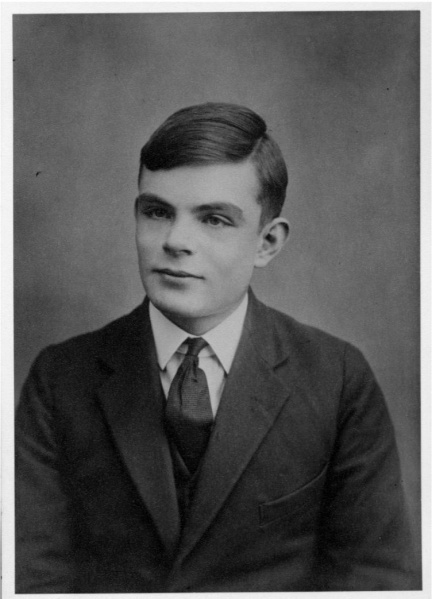
The potential for AI is perhaps the greatest questions of the modern age. If computers reach parity with humans will this bring great wealth and prosperity, automating away all the drudgery from the modern world or will it, as Steve Wozniak remarked, relegate humans to the role of pets as our computers become the dominant intelligence on the planet.
For my part I think there’s one insurmountable problem for computers to overcome if they wanted to match humans; our capacity for creativity. When Turing invented the computer he also stated a limit on its ultimate power.
Azimov’s famous laws of robotics need one more rule. “A robot may not solve or cause to be solved a puzzle for which it has not already been given a method to solve it.”
Despite computers fabulous capacity to crunch numbers they can not come up with new things. They can only extend and generalise ideas that have been programmed into them. They do this amazing well and can sometimes fool us into thinking they are intelligent but they don’t have the ability to think freely: They are programmed.
We are not going to see an innovative screen play, a breath taking artistic work or solution a great mathematical puzzle signed, iRobot.
These things are the domain of creative human minds a far more complex and subtle machine than any computer so far imagined. Computers can help us with creativity, rendering Disney Pixar movies and helping us process words but they will not come up with the concepts in the first place.
It really comes down to understanding the nature of thinking which is beautifully summed up by another founding father of the computers.
“The question of whether computers can think is just like the question of whether submarines can swim.”
Edgar Dijkstra
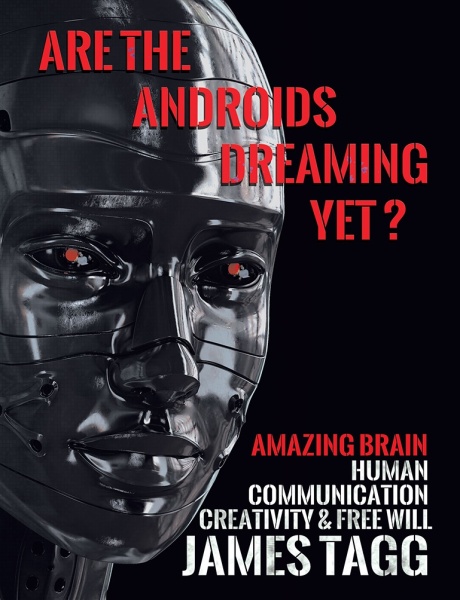 James Tagg is an inventor and entrepreneur. A pioneer of touch screen technology he has founded several companies including Truphone, the world’s first global mobile network.
James Tagg is an inventor and entrepreneur. A pioneer of touch screen technology he has founded several companies including Truphone, the world’s first global mobile network.
His book ‘Are the Androids Dreaming Yet? Our Amazing Brain and the enigma of Human Communication, Creativity and Free Will. (Hurst Farm Books, Feb 2015) looks at the history and science of information and argues humans are a different type of thinking machine able to create and exhibit free will.
Originally posted on the Truphone blog.


